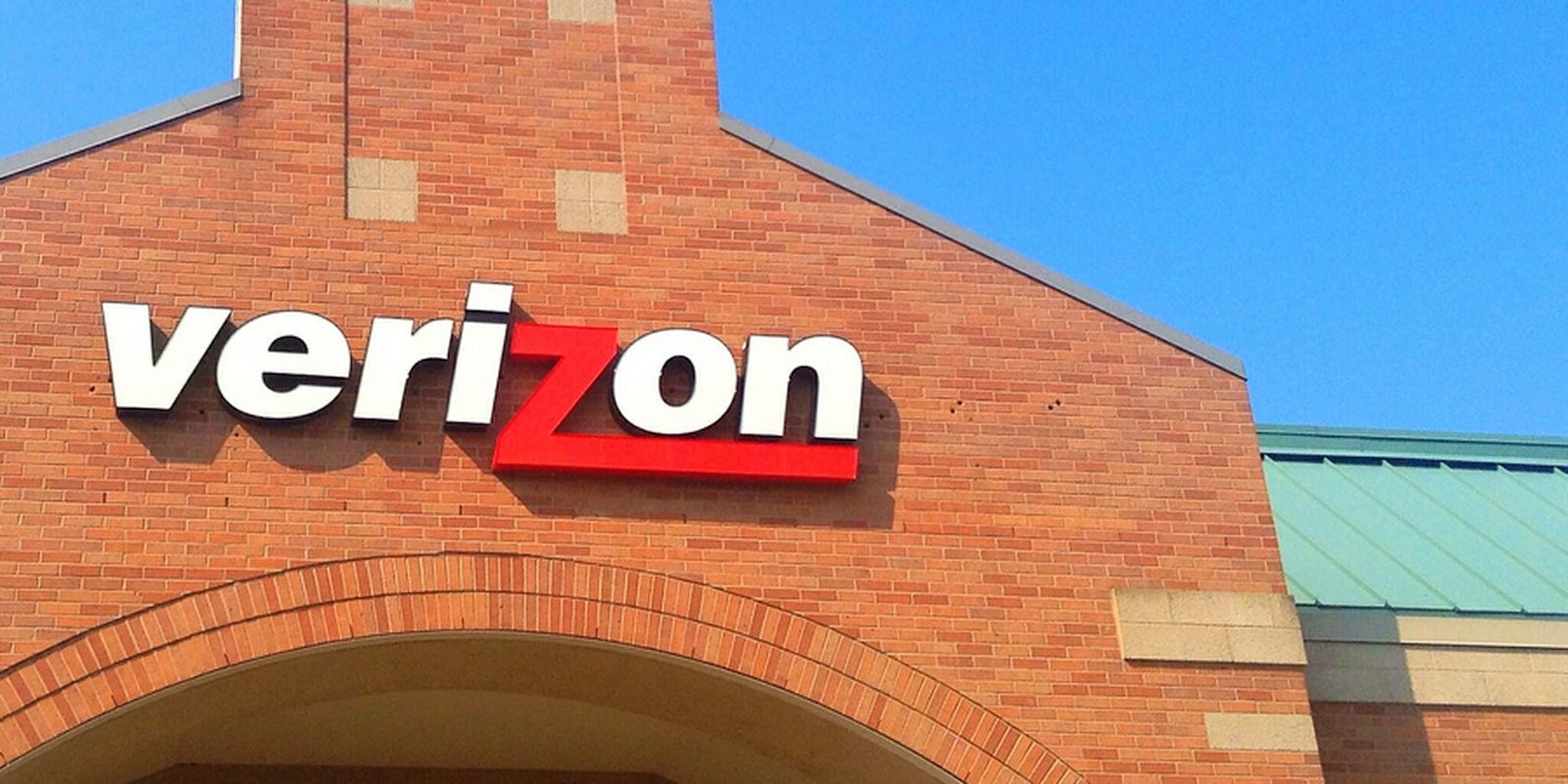The super-fast mobile Internet speed 4G LTE hasn’t spread to every part of the United States yet, but that hasn’t stopped Verizon Wireless from looking ahead to the next speed: 5G.
Verizon will begin testing its 5G service within the next year, the nation’s largest wireless carrier said Tuesday—and the speeds it expects to deliver are eye-poppingly fast.
Current 4G speeds can rival home Internet connections in many areas. While top speeds vary quite a bit depending on one’s carrier, location, and device, average 4G speeds are typically around 10 times as high as those found on 3G. Most 4G users enjoy speeds of over 10 Mbps, which is enough for HD video streaming and impressively fast app downloads.
So how much faster is 5G? Much, much faster.
“5G is no longer a dream of the distant future,” Roger Gurnani, executive vice president and chief information and technology architect for Verizon, said in a statement. “We feel a tremendous sense of urgency to push forward on 5G and mobilize the ecosystem by collaborating with industry leaders and developers to usher in a new generation of innovation.”
The company’s 5G network tests have shown speeds between 30 and 50 times faster than 4G. That’s faster than almost any home cable or fiber Internet connection. It rivals even the almighty Google Fiber service for raw speed. If customers actually receive those speeds once the network spreads and more people log on, they’ll be able to download HD movies in just seconds, and the average YouTube video will load in the blink of an eye.
Unfortunately for customers, the 5G revolution is still a long way off. Verizon’s current plan involves a slow and gradual rollout, as it did with 4G. The company hopes to have 5G available in some form by 2017, although it hasn’t yet determined where to build out the network first. After its initial debut, the spread of 5G will depend on many factors, especially pricing.
Verizon isn’t making any guarantees about 5G’s reach just yet, but it did suggest in its announcement that the wireless standard would be widely available in the U.S. by 2020.
Photo via JeepersMedia/Flickr (CC BY SA 2.0)


